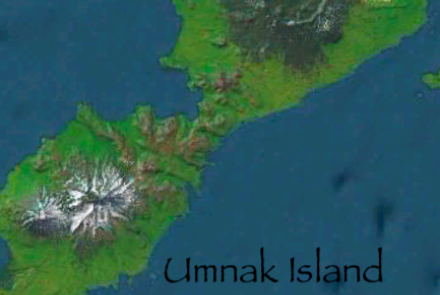Cold Meteorites
My mind's eye has always viewed a meteorite impact as involving a fiery object striking the earth, so I was much surprised recently to learn that this view is not necessarily correct.
Meteors enter the atmosphere at such high speed that they create a glow of light in the upper atmosphere. The light is partly from the burning of the meteor and partly emission from the surrounding air, which is heated by the passage of the meteor. Most of the meteors we see are tiny specks which quickly burn up before the meteor reaches to within several tens of miles of the earth's surface. But what about those that do reach the surface and hence become called meteorites?
A meteor weighing from several pounds to several hundred pounds will, indeed, partially burn up before striking the ground. Entry to the atmosphere may be at speeds as great as 90,000 miles per hour (40 km/see). Roughly half of the meteor will be burned away due to heating as the meteor is slowed down by the air. Depending upon the meteor's initial speed and initial weight, it will reach a terminal speed of about 45 miles per hour. It will reach that low speed roughly 10 miles above the ground.
As the meteor falls the last 10 or so miles it cools off. Meteorites picked up immediately after they fell were usually no more than lukewarm. Never has a meteorite of intermediate size been known to start a fire, even when landing in a haystack or in other combustible material.
The slow final fall rate explains also why intermediate-size meteorites penetrate so shallowly when they hit. Most go no deeper than a few feet. A meteorite weighing 2200 pounds (1000 kg) that fell in Norton County, Kansas, in 1930 made a hole only 9 feet deep.
Huge meteorites, those weighing thousands of tons, do not reach terminal velocity before striking the earth's surface. Therefore, these can remain fiery until impact. The one creating the old but newly discovered crater near Bettles, Alaska, must have burned until it struck.



